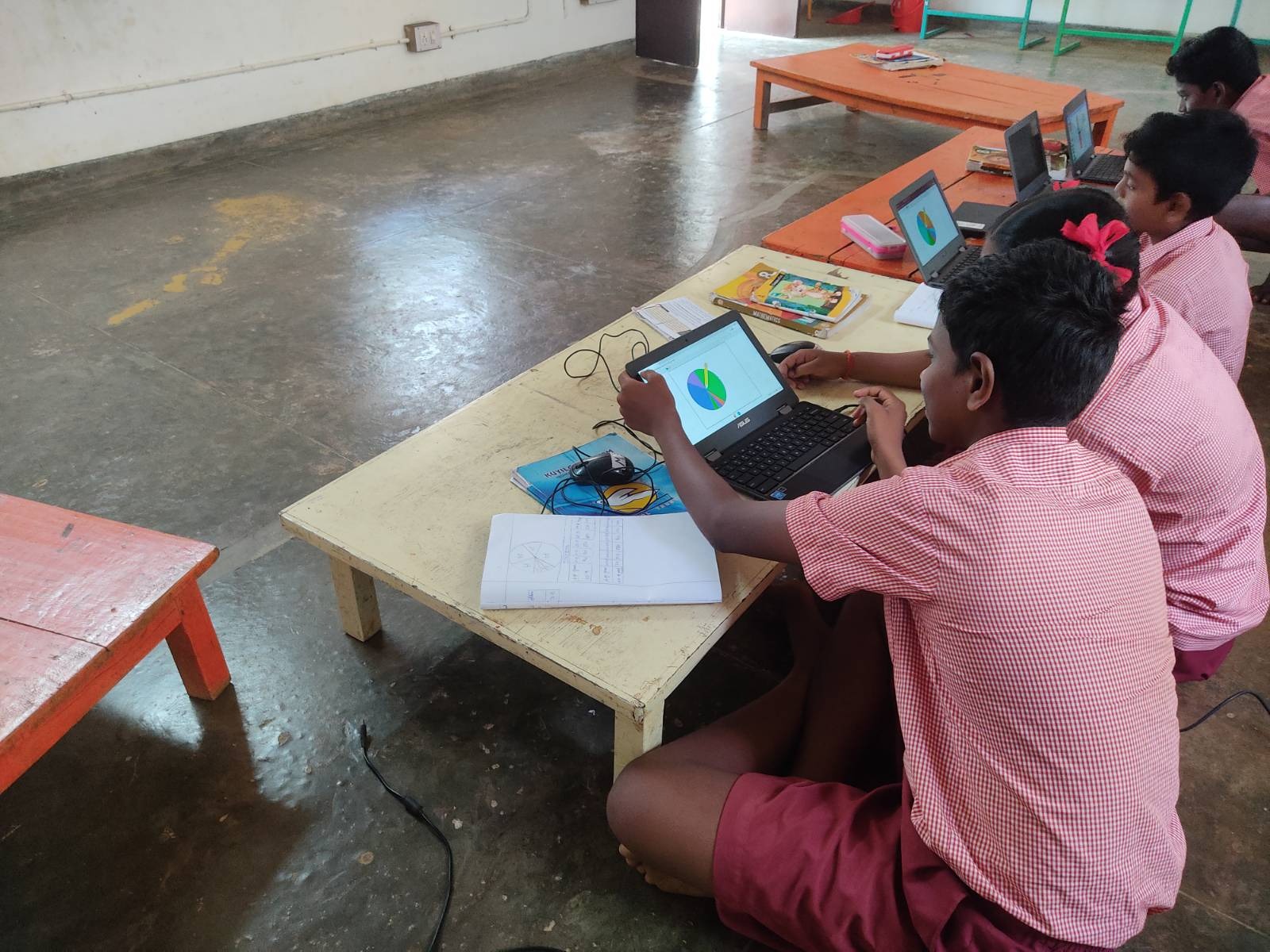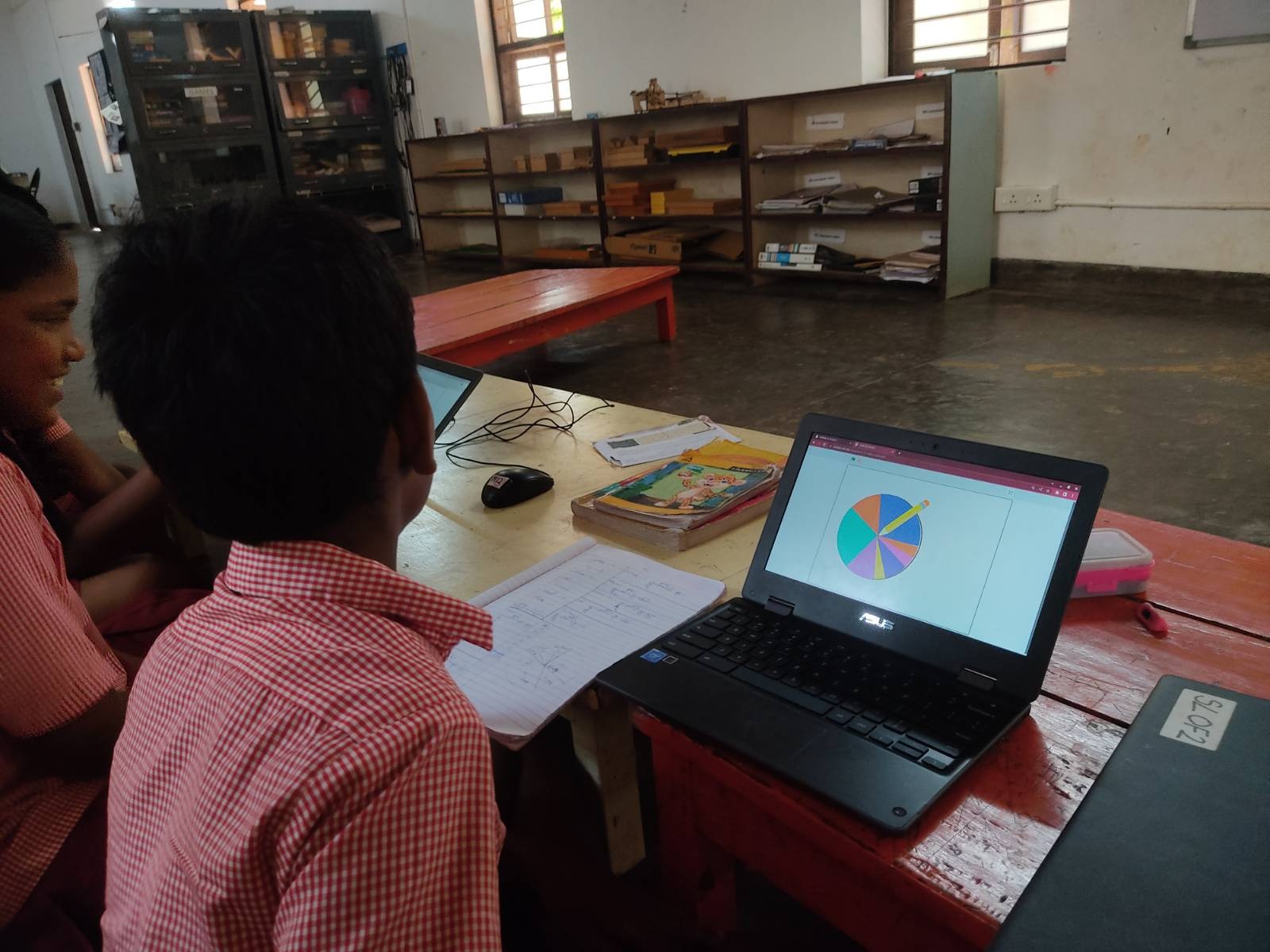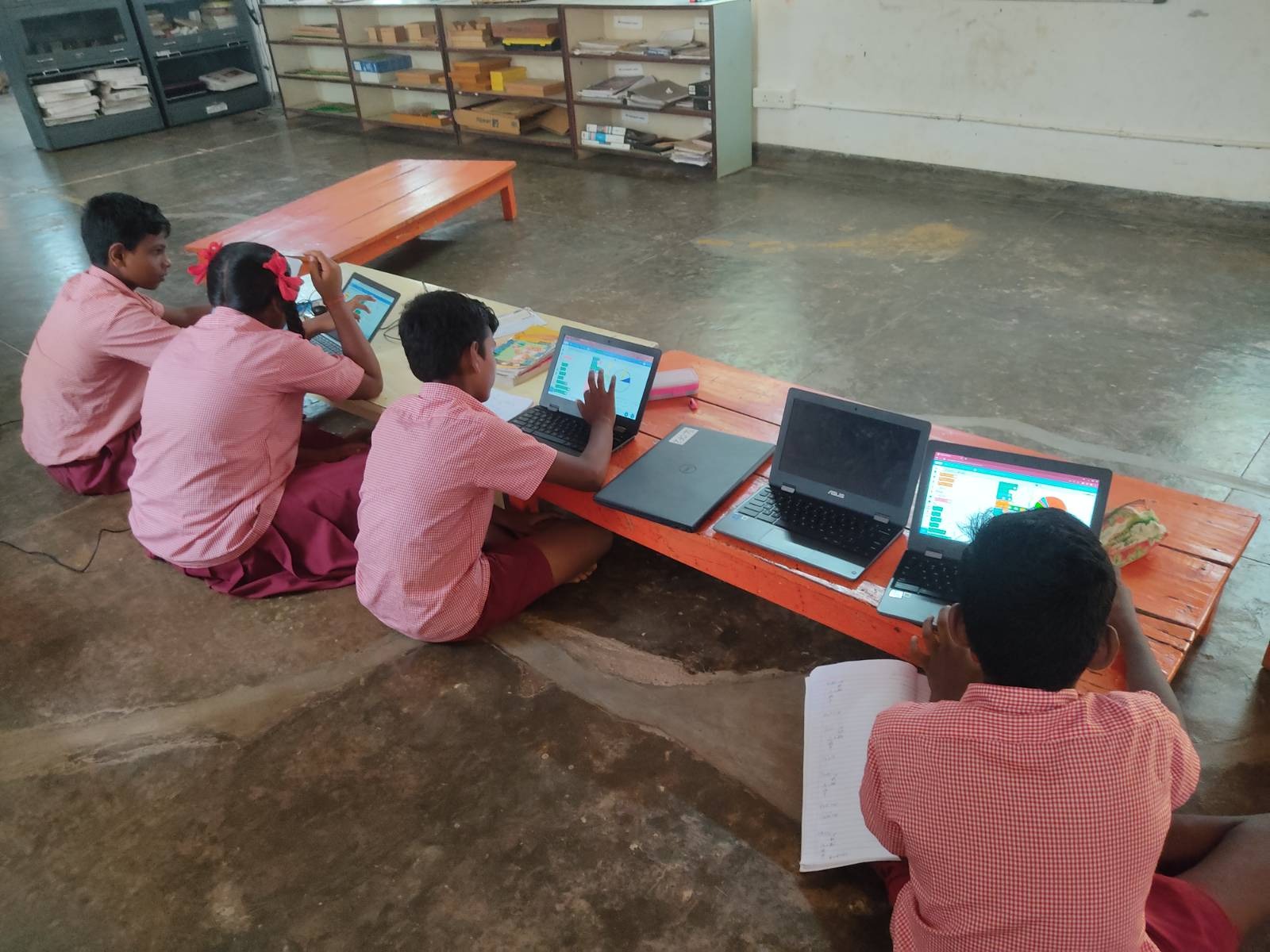A design session in radical transformational leadership is a process of creating a vision for the future and then developing a plan to achieve that vision. It is a leadership program that supports learning what I deeply care about and aligning it with systems shifts and strategic action.
The Mathegramming Academy attended the session which was held on the 24th and 26th of May.
The design session began with a group of people coming together to share their projects. This was hosted by Dr.Sudharshan from RTL Works. This is followed by a discussion of the challenges that must be overcome to achieve these projects. Once the challenges are identified, the group works together to develop a plan of action.
The action plan should be specific, measurable, achievable, relevant, and time-bound. It should also be based on the group’s values and beliefs. Once the plan is in place, the group can begin to implement it.
The design session allows the group to come together, share their ideas, and develop a plan for change. The action plan can then be used to guide the group’s efforts and help them achieve their goals.
In the session, the Mathegramming team discussed the following with the RTL works by presenting the three templates of architecture for equitable and sustainable change. Dharani from the Mathegramming team presented the templates with the inputs from the rest of the team. The templates are the Conscious full spectrum response model, Respond and realize, and Synergistic operational strategies.
- Defining the problem or opportunity. What is the issue that the group is trying to address? What are the opportunities that the group is seeking to exploit?
- Identifying the stakeholders. Who are the people who will be affected by the change? What are their needs and interests?
- Generated ideas. Made a list of possible solutions to the problem or opportunity.
- Evaluated the ideas. Assessed the feasibility and potential impact of each idea.
- Chose a course of action. Selected the best idea and develop an implementation plan.
- Implementing the plan. Putting the plan into action and monitoring its progress.
- Evaluating the results. To assess the impact of the change and make necessary adjustments.
The session was an eye-opener and paved the way to look at different and multiple perspectives of the project. It narrowed the gaps in the project. It was interesting. We thank the RTL workers for their time and feedback. We look forward to being in action.

Insights from the team:
My name is Premkumar I deeply care about courage and equality for myself and others. I was able to notice the gap in the Conscious Full Spectrum Response (CFSR) and all other templates and I am able to relate the Synergistic Operational Strategies with the Mathegramming academy. I could see that my plan and strategies were aligned well after the design session.
My name is Sivasankar. I stand for courage for myself and others. I noticed from the design session that I need to have the relevant information needed for the project, Information like students’ progress, social media, etc.
My name is Soundhariya and I stand for courage for myself and others I learned how to reframe my CFSR sheet. I got more clarity and I got some points to insert in my project specifically about policies, schemes, and laws.
My name is Ilakya Arasi, I stand for patience and courage for myself and others.
While filling the CFSR with my team I am able to see how vast our project is. When I had filled it alone without my group my approach was only about how to teach and learn maths rather than the societal and cultural changes we wanted to achieve from the project. In SOS, I realized there are many things I need to learn and explore and there is so much to practice.
My name is Dharani. I deeply care about perseverance and equity for myself and others. I noticed the alignment between the three circles and was able to add more operating principles to the project. I gained more specificity in the action plans.
My name is Preethi and I stand for courage and kindness for myself and others. Through the design session, I have acquired the knowledge of optimizing CFSR, which will prove valuable for my upcoming projects.










